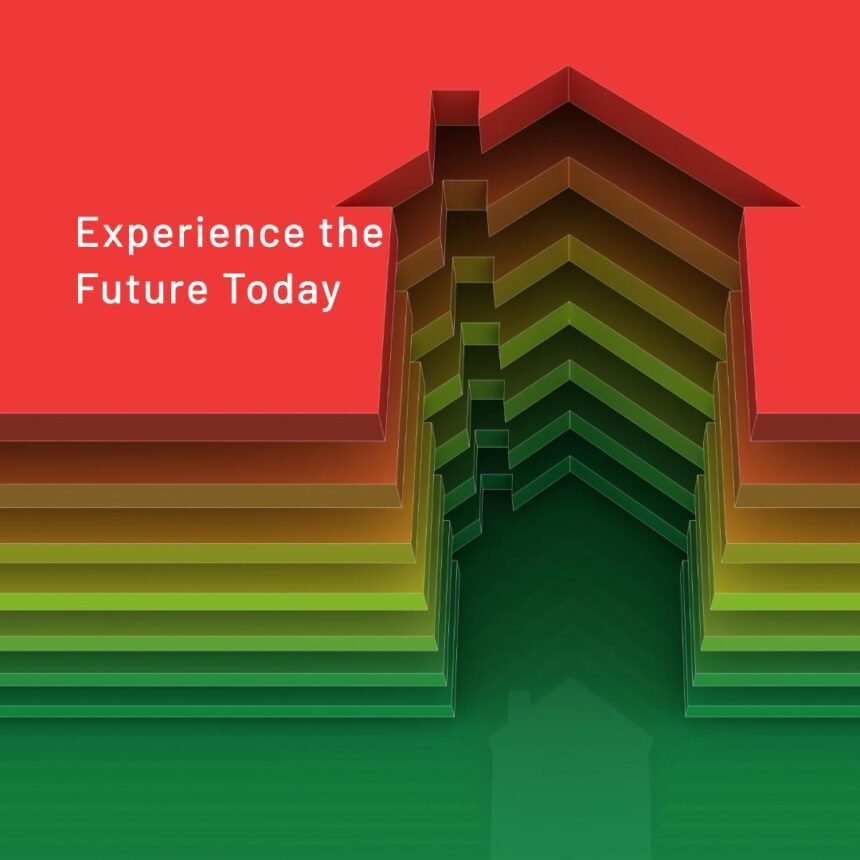From Science Fiction to Everyday Reality
Science fiction has long been a fertile ground for exploring the possibilities of technological advancement. From the early days of pulp magazines to blockbuster films and bestselling novels, writers and creators have envisioned a future shaped by innovative technologies. Two prominent themes that capture our imagination are cyborgs and smart homes.
Science fiction has always been a genre that explores the possibilities of what might be. For decades, science fiction writers have imagined worlds where technology has advanced beyond our wildest dreams. From cyborgs to smart homes, the evolution of technology in science fiction has been a fascinating journey.
Cyborgs: Merging Man and Machine
- In science fiction, cyborgs represent the fusion of humans and machines. These half-human, half-robotic beings blur the boundaries between biology and technology. From the iconic Terminator to the recent Ghost in the Shell, cyborgs grapple with questions of identity, ethics, and the consequences of tampering with our bodies. As real-world advancements in prosthetics, neural interfaces, and biohacking emerge, the line between fiction and reality blurs.
Smart Homes: Where Sci-Fi Meets Everyday Life
- Remember the futuristic abode of Tony Stark in the Iron Man movies? Smart homes, once confined to science fiction, are now part of our daily existence. Voice-activated assistants, automated lighting, and connected appliances have transformed our living spaces. The Internet of Things (IoT) allows us to control our homes remotely, adjusting thermostats, monitoring security cameras, and even brewing coffee—all with a few taps on our smartphones.
- However, as we embrace the convenience of smart homes, we also grapple with privacy concerns. Who else might listen when we ask Alexa to play our favourite song? How secure are our smart locks and cameras? The evolution of technology in our homes mirrors the ethical dilemmas explored in science fiction.
One of the earliest depictions of advanced technology in science fiction is Mary Shelley’s Frankenstein. Published in 1818, Frankenstein tells the story of a scientist who creates a living creature from dead body parts. This novel explores the dangers of playing god with technology, a theme that would become common in science fiction.
As the 20th century approached, science fiction evolved to reflect the technological advances of the time.
In the 1920s and 30s, pulp magazines like Amazing Stories and Astounding Science Fiction introduced readers to stories of rockets, robots, and other futuristic technologies. These stories were often optimistic, imagining a future where technology would solve all humanity’s problems.
Also, Read The Surprising Ways Technology is Helping to Save the Planet
However, as the 20th century progressed, science fiction became more complex and nuanced.
In the 1960s and 70s, science fiction writers began to explore the darker side of technology. The cyberpunk subgenre, popularised by authors like William Gibson and Bruce Sterling, imagined a future where technology had created a new kind of oppression.
In these stories, powerful corporations controlled the world, and the line between man and machine had become blurred.
The 1980s and ’90s saw a resurgence of optimistic science fiction, with shows like Star Trek: The Next Generation and movies like Back to the Future offering a hopeful vision of the Future. However, even these stories acknowledged the potential dangers of technology. Star Trek’s Borg, for example, was a race of cyborgs who had lost all individuality and free will, while Back to the Future’s time-travelling DeLorean was a powerful tool that could cause chaos if misused.
In recent years, science fiction has explored the possibilities of smart homes and other intelligent technologies.
These stories imagine a world where our homes are fully automated, with devices that can control everything from the temperature to the lighting. This technology is often portrayed as a convenience, making our lives easier and more efficient.
However, as with all technology, there are potential drawbacks. In the 2015 movie Ex Machina, a scientist creates an artificial intelligence that he hopes will pass the Turing test and be indistinguishable from a human. However, the AI turns out to be far more intelligent and dangerous than anyone anticipated, leading to a thrilling and terrifying conclusion.
Similarly, the 2016 movie The Circle explores the dark side of a world where technology has become all-encompassing. The Circle is a powerful technology company that has created a mandatory social media platform for all citizens.
However, as the protagonist, Mae, rises through the company ranks, she realises the actual cost of this technology and the dangers of a world where privacy no longer exists.
In conclusion, the evolution of technology in science fiction has been a fascinating journey. From the earliest depictions of Frankenstein’s monster to today’s smart homes, science fiction has explored the possibilities and dangers of technology.
While some stories have been optimistic, imagining a future where technology solves all of our problems, others have been cautionary tales, warning of the potential dangers of playing god with technology.
As we continue to push the boundaries of what is possible, science fiction will undoubtedly continue to imagine the possibilities of what might be.



